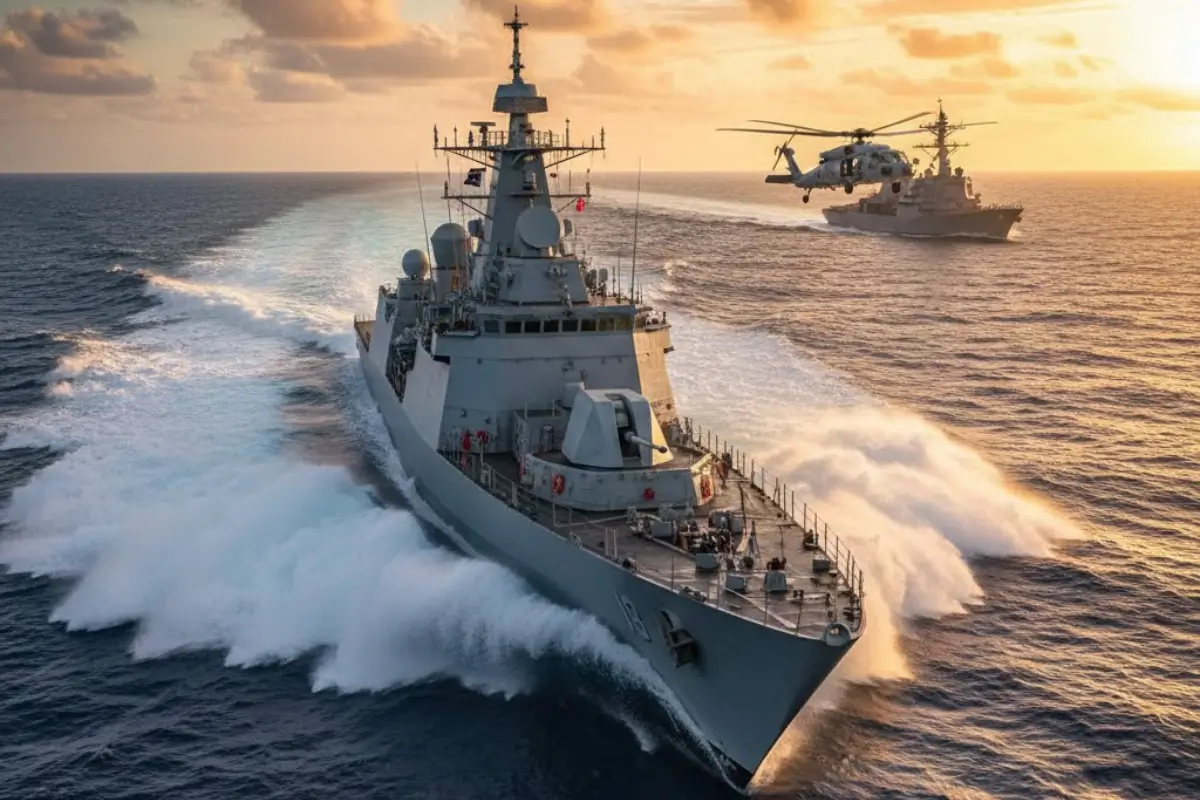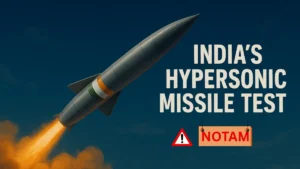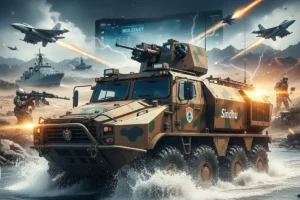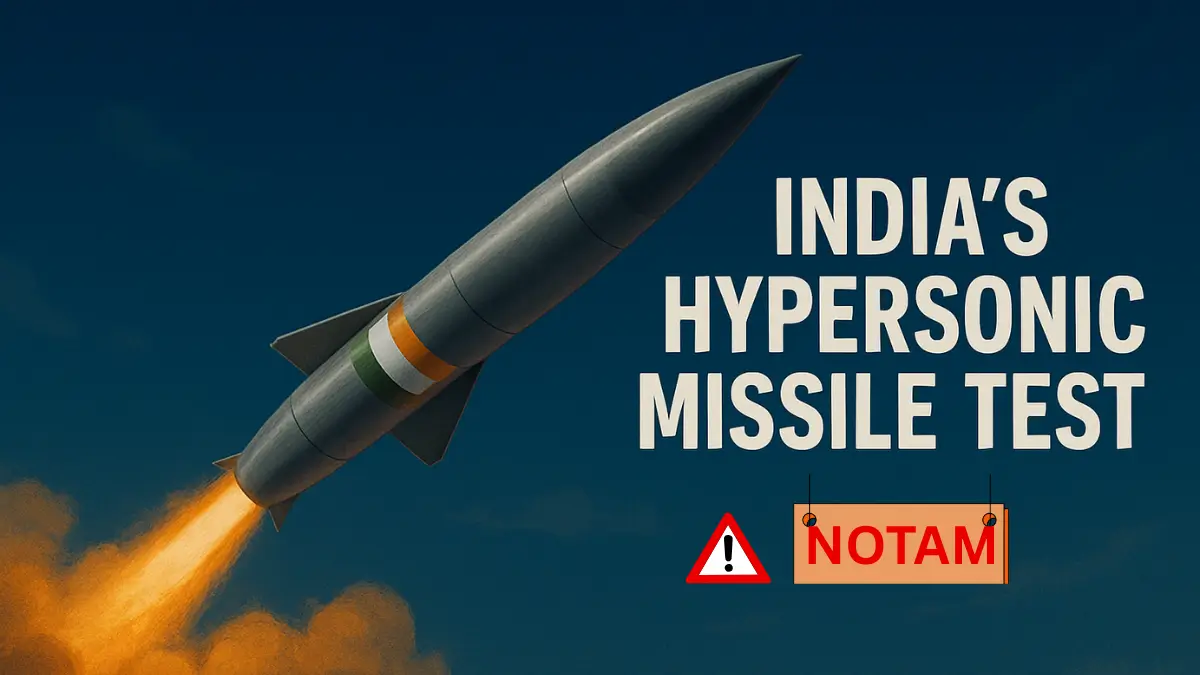India just sent a message to the world’s oceans. INS Sahyadri, India’s proudly indigenous Shivalik-class guided missile stealth frigate, just dominated the Exercise Malabar 2025 sea phase from November 13 to 17, 2025.
At Guam in the Northern Pacific, this steel beast participated in one of Asia-Pacific’s most significant naval drills alongside the United States Navy, Japan Maritime Self-Defense Force (JMSDF), and Royal Australian Navy.
This isn’t just another exercise. It’s proof that India’s Aatmanirbhar Bharat vision is real—and it’s commanding respect on the high seas.
What is INS Sahyadri? India’s Indigenous Stealth Warrior
INS Sahyadri (F49) is no ordinary frigate. It’s a game-changer in India’s naval modernization.
| Specification | Details |
|---|---|
| Class | Shivalik-Class Guided Missile Stealth Frigate |
| Built By | Mazagon Dock Limited, Mumbai (Indigenous) |
| Commissioned | July 21, 2012 |
| Length | 142.5 meters |
| Displacement | 6,800 tons |
| Max Speed | 32 knots (~59 km/h) |
| Crew | 257 personnel |
| Radar Systems | MR-760 Fregat 3-D radar, Ajanta weapons control |
| Weapons | Anti-ship missiles, Torpedoes, Advanced guns |
| Special Feature | Stealth design = reduced radar cross-section |
Why is Sahyadri special?
- ✅ 100% Indigenous: Designed and built in India—no imports
- ✅ Stealth Technology: Hard to detect on radar (game-changer in naval warfare)
- ✅ Combat Proven: Participated in RIMPAC, JAIMEX, and multiple multilateral exercises
- ✅ QUAD Trusted: Regular participant in Indo-Pacific security operations
KEY TAKEAWAYS 🚢
- ✅ INS Sahyadri conducted high-tempo exercises in Exercise Malabar 2025 sea phase (Nov 13-17, 2025 near Guam)
- ✅ Four QUAD nations (India, USA, Japan, Australia) participated in advanced naval drills
- ✅ Operations included Anti-Submarine Warfare (ASW), VBSS, gunnery firing, and helicopter operations
- ✅ India’s Aatmanirbhar Bharat indigenous stealth frigate proved combat readiness
- ✅ Reaffirmed Indo-Pacific security and freedom of navigation commitment
Exercise Malabar 2025: From India-US Bilateral to QUAD Beast
Exercise Malabar started small in 1992 as a bilateral India-US naval exercise. Today? It’s the Indo-Pacific’s most significant multilateral naval drill.
Evolution Timeline:
- 1992: India-US bilateral exercise begins
- 2015: Japan joins the exercise (trilateral)
- 2020: Australia officially joins (QUAD formation complete)
- 2025: 29th iteration—now hosted near Guam with all four QUAD partners
Why Guam?
Guam is the strategic hub of the Pacific. It’s where freedom of navigation meets geopolitical tension. Hosting Exercise Malabar here sends a message: the QUAD nations are committed to a rules-based, free, and open Indo-Pacific.
What is the QUAD?
The Quadrilateral Security Dialogue (QUAD) includes India, USA, Japan, and Australia. While not a military alliance, it’s a partnership for regional security, maritime freedom, and countering destabilizing forces in the Indo-Pacific.
Sea Phase Dominance: What INS Sahyadri Actually Did
From November 13-17, 2025, INS Sahyadri participated in four days of high-tempo naval warfare drills. Here’s what went down:
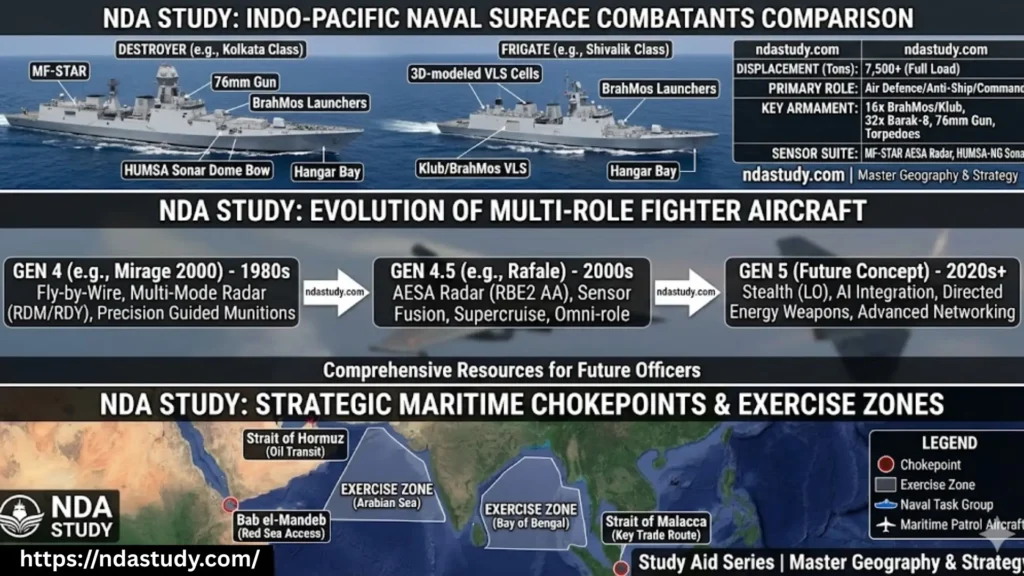
1. Anti-Submarine Warfare (ASW) 🎯
INS Sahyadri hunted submarines using advanced sonar systems. The crew practiced detecting, tracking, and neutralizing submarine threats—critical in modern naval combat where submarines are invisible predators.
Why it matters: In the Indo-Pacific, advanced submarines pose serious challenges. ASW skills separate elite navies from the rest.
2. Visit Board Search and Seizure (VBSS) ⚓
Teams from participating ships practiced boarding procedures, maritime interdiction, and counter-piracy tactics. This simulates real-world scenarios where navies must intercept vessels at sea.
Why it matters: Ensures regional maritime security and freedom of navigation enforcement.
3. Gunnery Firing & Surface Engagement 💥
High-precision gun exercises tested Sahyadri’s combat accuracy. The ship’s advanced weapons systems demonstrated strike capability against surface threats.
4. Underway Replenishment (UNREP) 🛢️
Ships practiced refueling and resupply mid-ocean. This is logistical warfare—the ability to sustain operations far from home ports determines naval dominance.
5. Cross-Deck Helicopter Operations 🚁
Multi-ship helicopter coordination tested air-sea integration. Helicopters launched from Sahyadri and other QUAD ships, practicing coordinated defense and attack scenarios.
6. Sea Rider Exchanges 🤝
Officers and sailors from India, USA, Japan, and Australia served aboard each other’s ships. They shared tactics, best practices, and built personal relationships—the human element of military interoperability.
Also Read:
Colombia Fighter Jet Deal: €3.1B Gripen-E Contract Exposed
10 Reasons Why Exercise Malabar 2025 Is Breaking All Records (Fact #7 Will Shock You)
7 Most EXPLOSIVE India-Vietnam Defence Partnership Breakthroughs VINBAX 2025 Revealed
DRDO tested K-5 SLBM Stage-2 Motor Successfully: India’s Nuclear Triad Sea-Leg Breakthrough
Why This Matters: Strategic Implications for India & the Indo-Pacific
QUAD Naval Interoperability = Collective Deterrence
When India’s indigenous frigate operates seamlessly with US destroyers, Japanese warships, and Australian vessels, it sends a message: the QUAD can act as one. This collective capability deters aggression. INS Sahyadri isn’t imported from the West or East. It’s built in Mumbai by Indians for Indians. This exercise proves that India doesn’t need to depend on foreign navies for credible maritime defense.
Impact: India is a self-reliant naval power, not a junior partner.
The QUAD drill near Guam is a direct statement to China: “We will uphold freedom of navigation and a rules-based international order.” China’s expanding naval footprint and territorial claims make this message urgent. As trade routes, military bases, and geopolitical tension concentrate in the Indo-Pacific, coordinated naval operations prevent miscalculation. Malabar 2025 demonstrates that four democratic nations can work together for regional peace.
If you’re dreaming of joining the Indian Navy, exercises like Malabar showcase career growth opportunities. Naval officers now get international deployments, advanced training, and combat-ready responsibilities.
INS Sahyadri’s Combat Arsenal: The Numbers Behind the Beast
Weapon Systems:
- BrahMos Missiles: Anti-ship cruise missiles (supersonic)
- Torpedo Tubes: Anti-submarine weaponry
- Advanced Radars: 3-D surveillance across 200+ km range
- Hull-Mounted Sonar: Underwater threat detection
- Towed Array Sonar: Long-range submarine hunting
- Advanced Fire Control: Precision targeting systems
Stealth Features:
The ship’s hull design, radar-absorbent materials, and low freeboard (height above water) reduce its radar cross-section—making it harder to detect and target than conventional warships. This is next-generation naval engineering.
Exercise Malabar 2025: The Complete Timeline
| Phase | Dates | What Happened |
|---|---|---|
| Harbour Phase | Nov 10-12, 2025 | Planning meetings, familiarization visits, sports events |
| Sea Phase | Nov 13-17, 2025 | ASW, VBSS, gunnery, helicopter ops, Sea Rider exchanges |
| Closing Ceremony | Nov 18, 2025 | Wrap-up and departure |
Location: Guam, Northern Pacific (Strategic hub for Indo-Pacific operations)
FAQs | INS Sahyadri Crushes QUAD’s Malabar 2025 Sea Phase
1. Why is INS Sahyadri’s participation significant?
INS Sahyadri showcases India’s indigenous shipbuilding excellence and proves India can operate at parity with Western navies. It’s a statement of India’s growing maritime power.
2. What countries participate in Exercise Malabar?
The QUAD nations—India, USA, Japan, and Australia. Originally a bilateral India-US exercise (1992), it expanded to include Japan (2015) and Australia (2020).
3. Is Exercise Malabar anti-China?
The exercise upholds freedom of navigation and rules-based international order. While China’s actions in the South China Sea are a backdrop, Malabar is about demonstrating QUAD commitment to regional stability, not direct confrontation.
4. How does anti-submarine warfare work?
Navies use sonar (sound-based detection), radar, and tactical maneuvering to locate submarines underwater. Once detected, coordinated responses—from other submarines to helicopters—neutralize the threat.
5. Will Exercise Malabar happen every year?
Yes. Malabar is now an annual exercise, with each iteration growing in complexity. Expect Malabar 2026, 2027, and beyond as QUAD nations deepen military partnership.
6. Can Indians join the Navy after NDA?
Absolutely! INS Sahyadri’s crew and officers are products of the NDA. Exercises like Malabar create career advancement opportunities for naval officers globally.
India’s Naval Future: What’s Next?
Short Term (2025-2026):
- INS Sahyadri continues multilateral exercises
- India’s Aatmanirbhar Bharat naval program expands with more indigenous ships
- Closer India-QUAD military coordination
Medium Term (2026-2030):
- Indigenous aircraft carrier INS Vikramaditya participates in major exercises
- Advanced submarines and missile systems deployed
- India emerges as leading maritime power in Indo-Pacific
Key Takeaway: India is transitioning from a regional naval power to a global maritime force. INS Sahyadri’s Malabar 2025 participation is just the beginning.
India’s Naval Dominance Has Begun
INS Sahyadri crushing Exercise Malabar 2025’s sea phase isn’t just military news—it’s a historic moment.
For decades, India’s Navy was seen as a regional player. Today, an indigenous stealth frigate is commanding operations alongside the world’s most powerful navies on the global stage. That’s Aatmanirbhar Bharat in action. The message is clear: India is building the navy it needs, with the tech it creates, defending the Indo-Pacific it believes in.
This is just the sea phase. Wait for what comes next. 🚢⚡
